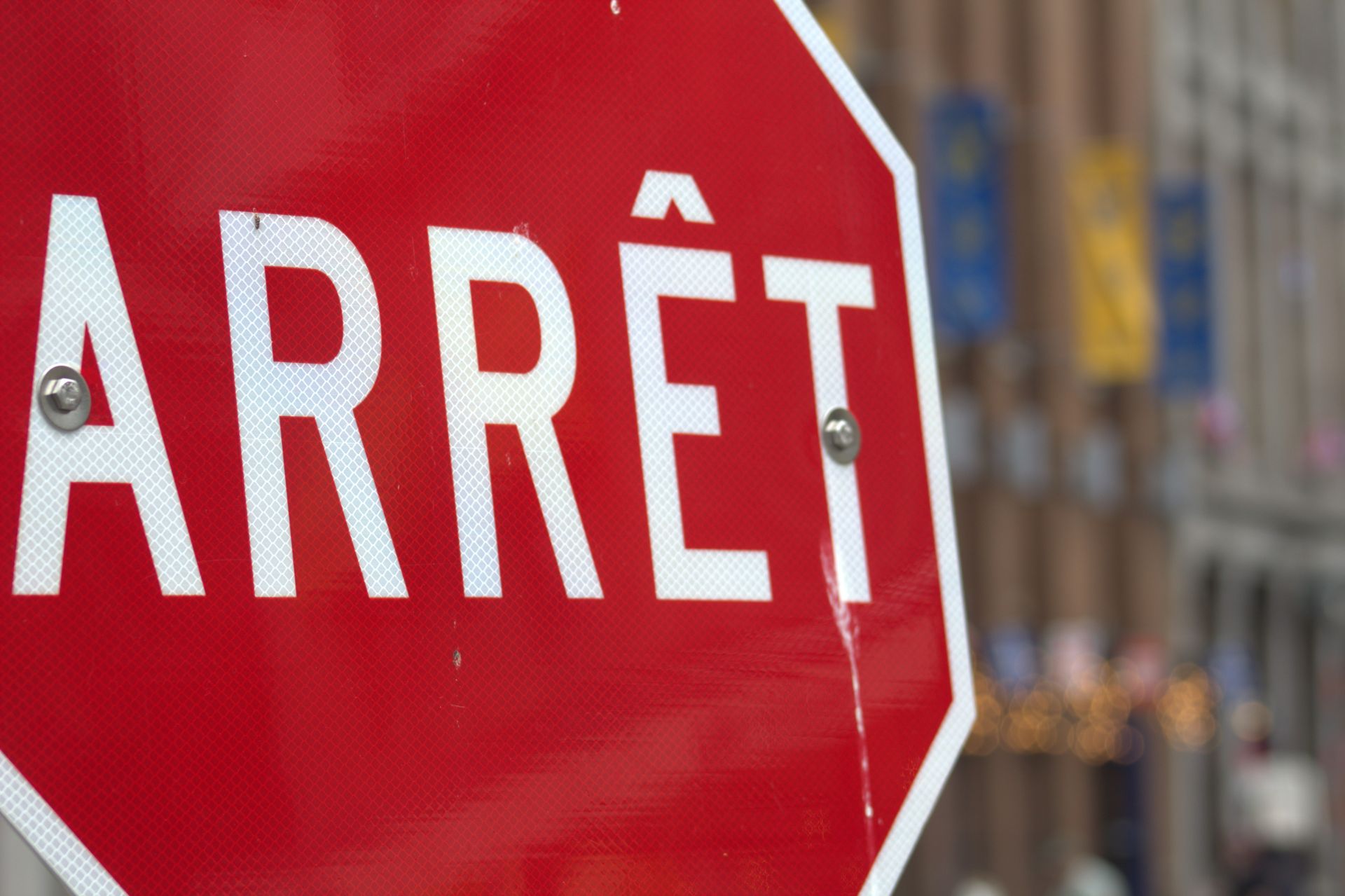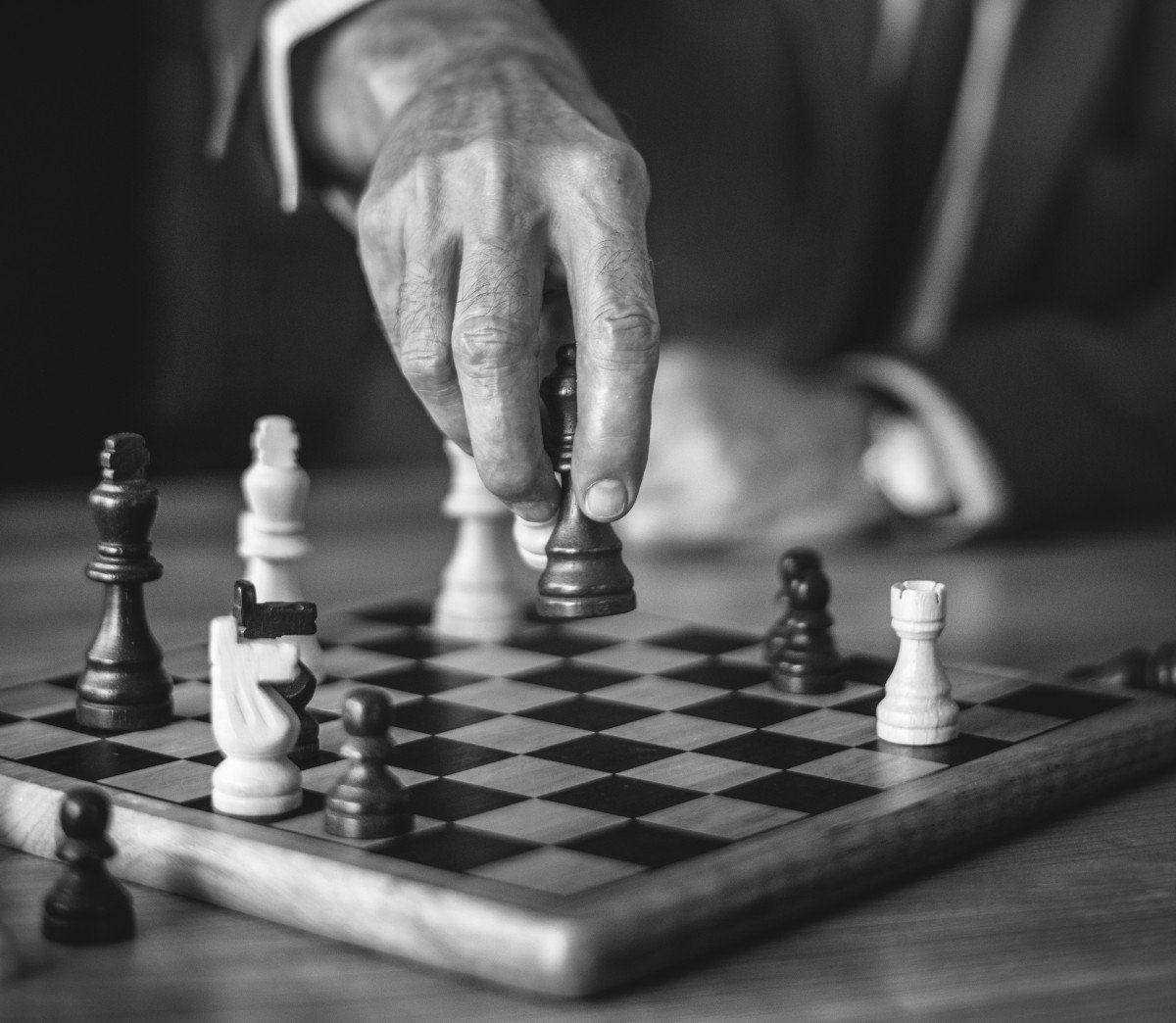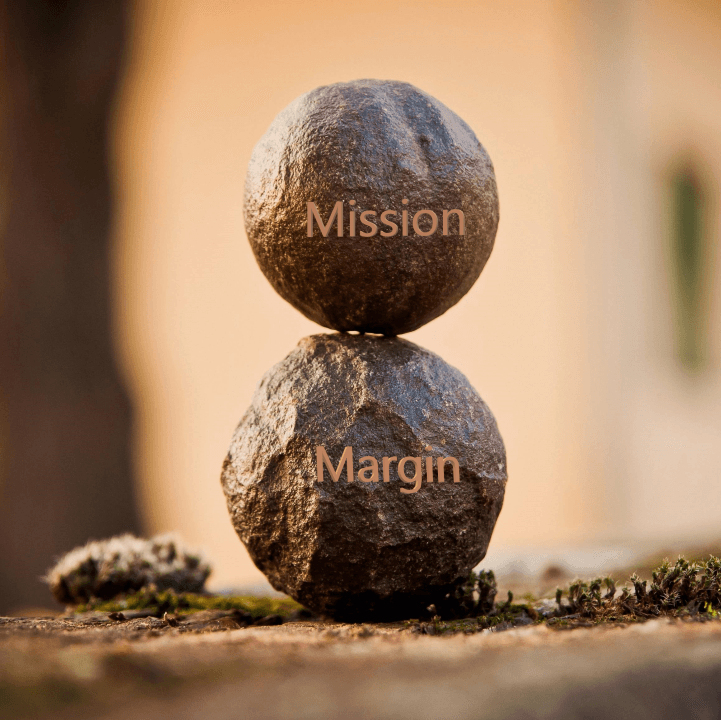Why Nigerian Americans Aren't Seen a "Model Minority"
The problem with the model minority myth

Ethnicity is a more precise and more meaningful way to let people self-identify.
It richly captures the culture, beliefs, experiences and joy of people with shared identities. Ethnicity invites all who share an identity to be seen together. Ethnicity counters the belief that a physical marker can be used to determine our identity. Ethnicity should be the default when discussing any group.
Nigerian American is one of many ethnicities in the Black diaspora but despite their achievements as a group, Nigerian immigrants are not seen as a model minority.
The term “model minority” is used in the US almost exclusively for Asian Americans. There are now eight billion people on earth and more than 4.5 billion people identify as Asian. Assigning any trait to a group that includes more than half the population on earth is laughable. The term “model minority” was popularized in the 1960s to convince white Americans that Japanese Americans were no longer a threat. It was used to pressure other minorities to stop protesting and model the narrative of Japanese Americans going back to “normal” life after internment. The idea of a model minority groups all Asian identities together and tries to imbue qualities such as industrious, quiet, smart and compliant to every person identified as Asian. By using narrowly defined metrics of success seen in typically Chinese and Indian immigrants, but ignoring the struggles of Vietnamese or Hmong immigrants, the stereotype is applied to the entire group of Asian Americans. Other racialized groups may argue that having a positive stereotype is better than a negative stereotype, but the model minority stereotype did nothing to quell the Asian American hate and violence that accompanied the COVID pandemic. From the perspective of Black and Latine Americans, having a positive stereotype would feel like a win. On the contrary, the stereotype fulfills its purpose of dividing, othering and centering whiteness as the aspiration.
To see how the current battlefield of racism versus anti-racism is set, let’s explore the question of why immigrants from Nigeria are not seen as a model minority. Why seeing Nigerian Americans as a model minority does not fit the narrative and purpose of racism.
If a model minority was simply a group that outperformed people who identify as white in areas of education or income, people who identify with Nigerian culture should also be seen as a model minority, but they are not. Not having a Black model can be blamed on both Black and White cultures in the US.
From a Black perspective, the family secret that needs to be shared is that there is some animosity between Black people who are American Descendants of Slavery (ADOS) and Black immigrants. There is a wedge between the groups perpetuated by both Black cultures where immigrants warn their children to avoid African Americans, and ADOS families openly disdain African immigrant achievement. The overrepresentation of Black-appearing people in prisons, illness, crime, and poverty feed the negative stereotypes all Americans have and the self-hatred too often seen in the Black diaspora. The achievements of groups like Nigerians or HBCU graduates are dismissed by many as exceptionalism that doesn’t refute the long-held beliefs of racial inferiority. An essential feature of white supremacy and racial hierarchy is the belief that negative examples represent the monolith of Black people.
The history of ethnicities such as Irish, Italian and Middle Eastern being absorbed into the white race category gives a clear picture of the incentive to maintain a racial ranking system. There is no benefit to white supremacy to have a positive model of Black culture. Perpetuating any Black identifying group as a positive and aspirational model harms the mechanics of systemic racism more than it benefits maintaining white supremacy. The Asian American model minority serves the purpose of keeping other groups afraid to be seen as rebellious or unappreciative. The Nigerian American culture is boldly proud of succeeding on their terms with characteristics described as confident, hardworking and competitive, which directly challenges the stereotypes of ADOS perpetuated since the inception of the US. The cognitive dissonance of treating any group of Black people as high achieving is unimaginable for white supremacy.
The use of a model minority trope is not the goal.
What can we do? We have to see the problem before we can fix the problem. Stereotyping creates a caricature instead of seeing the fine and true details of the people around us. On an individual level we can notice when we are generalizing. By habitually seeing the flaws in our rules and working to update them we build the mental energy and ability to counter harmful and often false stereotypes. By regularly using that energy to doubt the rules and stereotypes more often we can do the individual work necessary to bring more equity into our worlds.
From an institutional perspective, we need speed bumps and obstacles that disrupt our automatic thinking. A respectful work culture does not accept leaders giving nicknames to avoid “difficult” names or accepting mispronunciations in order to make the majority feel comfortable. Every interaction, especially with job interviews and performance appraisals, is an opportunity to challenge stereotypes. A growing and inclusive organization routinely values and encourages dissent of status quo, not maintenance of a biased system.
The model minority is easily refuted when information is disaggregated. Disaggregated information shows how different groups have different outcomes and can lead to more equitable policies instead of equal policies that advantage people who already have resources.
Just as the Asian American model minority myth does not protect anyone from harm, a Black model minority myth will not help people see the value of Black lives either. The idea of choosing between the lesser of two evils, a positive stereotype or a negative stereotype, is a false choice. The goal of being antiracist is to create a system where there is no racial hierarchy. Racial hierarchy drags everyone down and especially crushes everyone under the top. As Heather McGhee brilliantly describes in her book, "The Sum of Us: What Racism Costs Everyone and How We Can Prosper Together" the weight of a racist system harms us all and it will not be lifted until it is seen for what it is.
Comments











